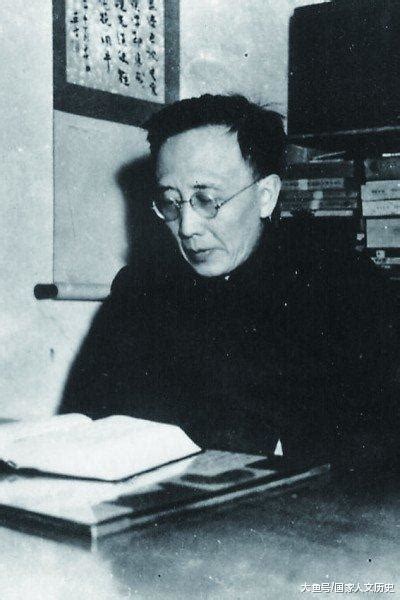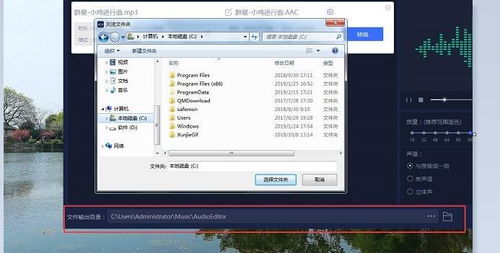Title: Crafting the Formation for an English Poetry Recitation Team
Forming an English poetry recitation team requires meticulous planning and coordination to create a captivating and harmonious performance. Each member of the team plays a crucial role in bringing the poems to life, and the formation chosen can greatly enhance the overall impact. Let's delve into the various formations and strategies to create an impressive English poetry recitation team.
A solo performance showcases the talent and skill of a single reciter. It allows for a deep connection between the performer and the audience, enabling them to express the emotions and nuances of the poem with clarity and intensity. Solo performances are ideal for showcasing individual prowess and interpretation.

Duets and group performances add layers of complexity and dynamics to the recitation. Members can complement each other's styles and interpretations, creating a rich tapestry of voices and emotions. Coordination and synchronization are essential in these formations to ensure a seamless and captivating performance.
The circle formation fosters a sense of intimacy and camaraderie among the performers. Reciters stand in a circle facing each other, allowing for eye contact and interaction throughout the performance. This formation is particularly effective for poems that explore themes of unity, friendship, and human connection.
In a linear formation, reciters stand in a straight line facing the audience. This formation provides a clear visual focus and allows each performer to command their own space while contributing to the collective performance. It works well for recitations with a strong narrative or thematic progression.
The symmetrical formation emphasizes balance and harmony among the performers. Reciters are arranged in a symmetrical pattern, creating visual appeal and coherence. This formation can enhance the aesthetic quality of the performance, especially for poems with structured rhyme schemes or rhythmic patterns.
Introducing movement and choreography adds another dimension to the recitation. Performers can move around the stage, change formations, or use gestures to emphasize key moments in the poem. Dynamic movement enhances engagement and keeps the audience captivated throughout the performance.
Creating an English poetry recitation team involves thoughtful consideration of formations, dynamics, and performance strategies. Whether opting for solo, duet, or group performances, the chosen formation should complement the themes and emotions of the selected poems. Experimenting with different formations and incorporating movement can elevate the overall impact and leave a lasting impression on the audience.











